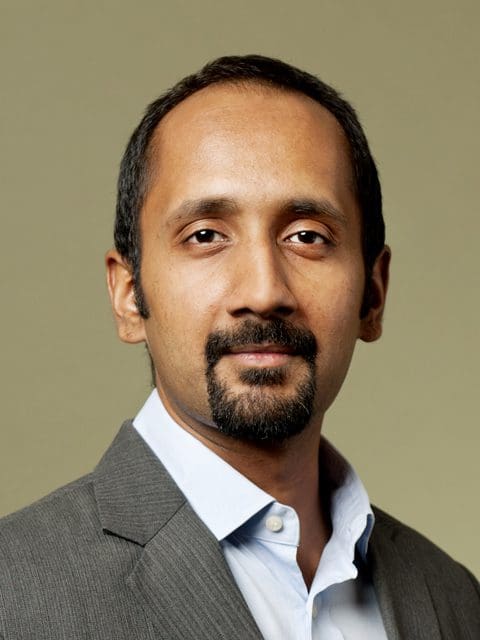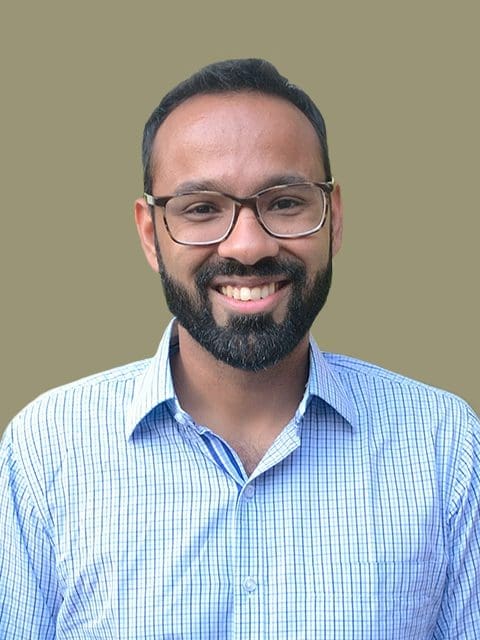Despite its promise, collective impact remains relatively underutilized in the Global South because of several structural and practical hurdles.
One major hurdle is misaligned incentives among potential collaborators. Non-profits and social enterprises may view each other as allies in theory, but in practice, they often compete for limited resources, especially funding. In such an environment, organizations can become protective of their models, data, or donor relationships, making it harder to align around a shared goal or plan of action.
Even when there is more willingness to share, different organizational mandates and theories of change can get in the way of joint work. Take, for instance, a nutrition-focused enterprise and an education nonprofit, both working in rural sub-Saharan Africa. While their missions might intersect—both aiming to improve the lives of children—their programs may be siloed, targeting different outcomes, with separate timelines, funding streams, and metrics. Aligning these efforts into a coherent, shared vision—much less a coordinated set of actions—requires difficult conversations and strategic compromises. This is the heart of arriving at a “common agenda,” but it takes time, facilitation, and often, neutral support that many organizations cannot afford.
This leads to the next issue: the cost and complexity of collaboration itself. CI requires upfront investments in co-creation, and ongoing investments in shared measurement, governance, and facilitation. In resource-constrained settings, organizations are often stretched just delivering on their own programs. It’s hard to prioritize something as long-term and emergent as CI when you’re trying to meet quarterly targets, keep the lights on, and retain funders.
Another potential barrier is the capability needed to coordinate large-scale collaborations. Effective CI efforts require skilled “backbone” teams to coordinate activities, align stakeholders, and sustain momentum. Yet few funders prioritize these enabling roles, and many local organizations lack the internal ability to take them on without support.
Crucially, donor behavior can discourage collaboration. Much of aid funding in the Global South is tied to short-term, output-driven projects, where funders expect clear attribution—specific outcomes linked to inputs made by one grantee. But CI efforts work across actors and systems, where impact is often a result of shared action. It’s often difficult, even counterproductive, to isolate and attribute outcomes to a single organization. Without a shift in how ongoing progress and success is defined and measured, CI remains difficult to pursue.



